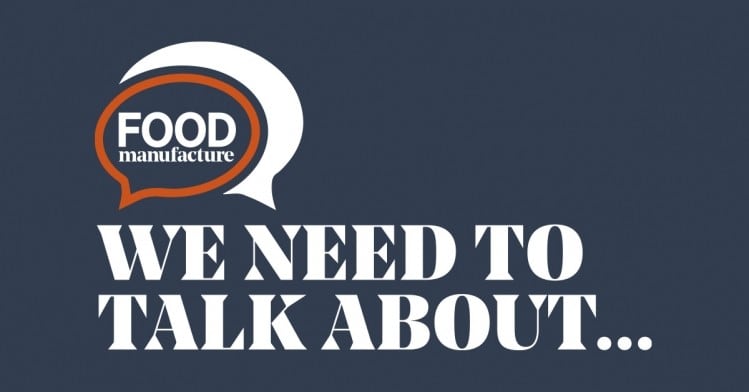The food and drink manufacturing industry posted 49.4 on the Lloyds Bank UK Sector Tracker, the first month it has registered below the 50.0 mark – the level that represents contraction – since April 2016.
This was supported by a drop in commodity prices, driven by steep falls in the price of vegetable oils, cereals and dairy products. The UN’s Food Price Index decreased 2.6% in May (2023) and has fallen 21.3% since May 2022.
Of the four potential drivers of cost inflation monitored by the Tracker – material prices, shipping costs, energy costs and salaries – salary inflation was the ‘stickiest’ element, remaining close to its peak level (2.28 times the long-run average, against a peak of 5.07 times recorded in May 2022).
Competition for staff
The figures suggested that robust competition for staff could keep salary inflation high in the months ahead. In May, the number of businesses citing difficulties retaining employees hit a record high (two times the long-run average).
Nikesh Sawjani, senior UK economist at Lloyds Bank Corporate & Institutional Banking, said: “Our report shows that more sectors experienced moderations in cost pressures in May which, if sustained and broadened out to other parts of the UK economy, would clearly be good news for the inflation outlook.
“These falls in costs mostly reflect reductions in shipping, raw materials and energy expenses. However, our data suggests that cost pressures associated with wage bills remain strong as firms continued to compete for staff.
“Retention issues rose to a record high in May, indicating that competition for staff is still intense in some industries, and suggesting that overall pay pressures may remain elevated for some time.”
Output expanding
Eight of the sectors monitored in the report – including food and drink manufacturing (57.6 in May vs. 54.0 in April) – also saw output expand in May, two fewer than in April.
Annabel Finlay, managing director for Food, Drink and Leisure at Lloyds Bank Commercial Banking, added: “If production costs continue to fall, whilst welcome, it will still take some time before we see the benefit in terms of shelf prices. This is, in part, due to the long-term nature of contracts between the manufacturers and retailers, as well as the broader segments of the production chain.
“With the continued risk of future disruption to supply chains that could mean input costs rising again, food and drink manufacturing companies should continue to review their supply relationships and optimise their working capital to help shield against any market shocks and build ongoing resilience.”
Meanwhile, Brexit, COVID-19 and inflation are the highest ranked risk factors for UK food and drink businesses, according to a new report from Ideagen.





